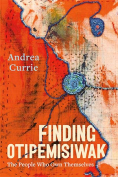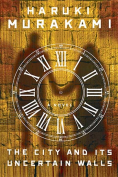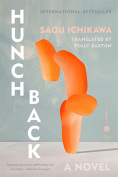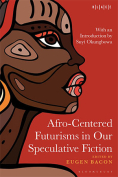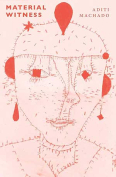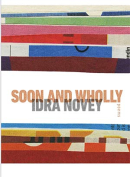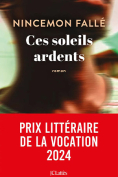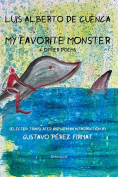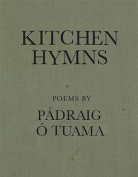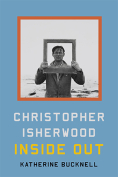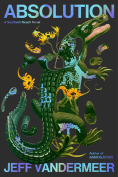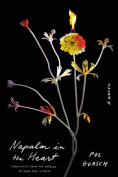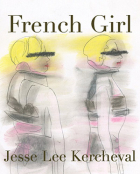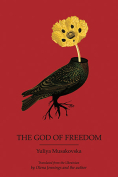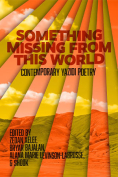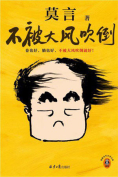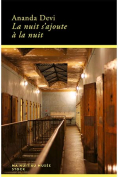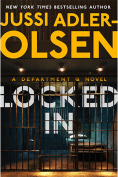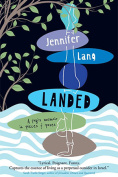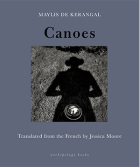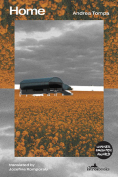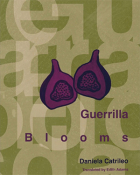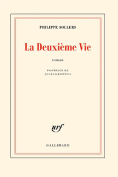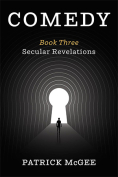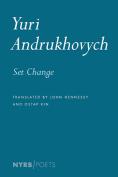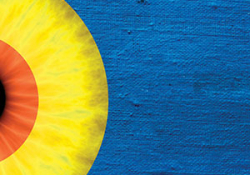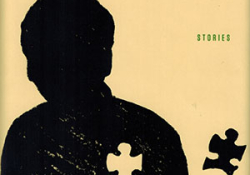The City and Its Uncertain Walls by Haruki Murakami
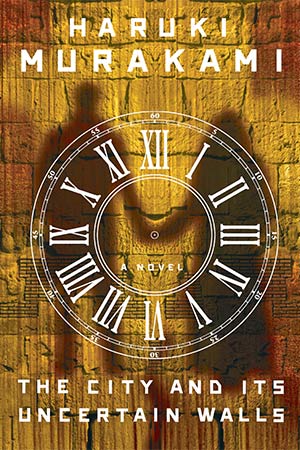
New York. Knopf. 2024. 464 pages.
After six years of eager anticipation, Haruki Murakami has finally delivered The City and Its Uncertain Walls. Picking up where Killing Commendatore left off (WLT, Nov. 2018, 68), this new, surrealist novel immerses readers in his signature blend of mythical plots and stark realities, unfolding a coming-of-age tale that focuses on the overwhelming clash between ego and the external world.
The seventeen-year-old protagonist encounters a nameless girl who introduces him to a strange city. The chosen ones can enter the town, but their shadows must remain outside. The girl confesses that she is a shadow and pleads with him to find her in the town library. Though initially dismissing this as a joke, the boy soon finds that the girl has vanished without a trace. Life continues until one night, at the age of forty-five, the character falls into a pit in his dream. Upon waking, he is already outside the walls of the city. A clock tower without hands, unicorns under a golden sunset, shape-shifting walls out of nowhere, and philosophical riddles exchanged with his own shadow—all these dazzling elements, set to a jazzlike rhythm, are reminders that readers are on a journey into Murakami’s wonderland.
Divided into three parts, the novel sees the disoriented protagonist entering the mysterious city toward the end of the first section. In part 2, the character’s shadow manages to escape and return to the real world, where it encounters a ghost librarian. The story then proceeds to focus on the protagonist’s true self also attempting to quit his duty as a dream-reader. The city, without a doubt, serves as a refuge for lost souls, a place where characters like the middle-aged protagonist and the “Yellow Submarine boy” find solace from modern loneliness that never seems to dissipate.
Unlike the menacing atmosphere of Killing Commendatore or the mystery-driven tension in 1Q84, this novel presents a more serene meditation on the loss of love. Even without the rare statement in the afterword, any reader with some knowledge about Murakami’s previous work would immediately recognize the thematic and structural similarities to his 1980 novella under the same title and the 1985 novel Hard-Boiled Wonderland and the End of the World—the latter often considered one of the author’s most outstanding masterpieces. If Hard-Boiled Wonderland was an ambitious response to a theme that fascinated the thirty-six-year-old Murakami (WLT, Autumn 1992, 207), then choosing to rewrite it at seventy-one during the pandemic lockdown suggests that this is more than just an ordinary addition to Murakami’s literary universe.
Evaluating the literary merits of this novel, or deciding whether it should be recommended without hesitation, is not an easy task. From the outset, the gesture of rewriting implies a division among potential readers: whether or not one has read the 1980s prototype largely determines how one approaches this novel and the response it may elicit. If defined as “fan fiction,” the riddlelike dialogues, the smooth crossover between the real and the imagined, and the exploration of philosophical themes can easily evoke the same excitement one experienced while reading Hard-Boiled Wonderland.
But the problem is, what made Murakami’s 1980s narrative so exhilarating was the wild imagination—like an untethered horse dashing on the grassland. The unpredictable twists in the stories often gave the impression that even the author himself was unsure where his creativity would lead. Given that The City and Its Uncertain Walls is designed to be a revision and extension of the ideas presented in Hard-Boiled Wonderland, the driving force for loyal readers to finish the reading is less about deciphering “old” metaphors and more about locating intertextuality and speculating what “new” messages Murakami aims to convey through this rewrite.
On the other hand, for those unfamiliar with his earlier works, the masterful narrative skills and captivating magical images transcend cultural boundaries, making it an outstanding story that should not be skipped—even though, like many of his recent releases, it is quite lengthy. Like the confused protagonist, readers will have to take the challenge to unravel myriads of literary puzzles to grasp the meaning of the “uncertain walls.”
In contrast to the cold, closed ending of Hard-Boiled Wonderland, The City and Its Uncertain Walls offers a more open and warm response to its central themes. The town’s walls, designed to keep out all forms of plague—including what the inhabitants see as the “plague of the soul”—are constantly reconstructed to form a self-contained system. This metaphor carries special weight in the postpandemic era. The isolation of the town faithfully reflects the author’s state of writing during the harsh lockdown. However, the belief that extreme solitude and warm feelings of empathy can coexist seems to be the most crucial message Murakami attempts to pass on to his readers.
During an interview, the author confessed that this was the only work he had ever considered rewriting, and if possible, he would still feel the urge to revisit it forty years from now. Inspired by this statement, readers may as well consider this act of rewriting from a different perspective. Regardless of what paths we have taken and how confident we are in our choices, these paths inevitably resurface with the passage of time, leading to endless regrets. On one end, this self-doubt points to the uncertainty of past decisions; on the other, it stresses the need to summon new courage to face the future. Lost in the labyrinth of hopelessness, yet still holding on to an innocent anticipation for tomorrow’s sunrise. This is the most enduring and fascinating merit of Murakami’s work, and this new novel is no exception. In this sense, The City and Its Uncertain Walls is not a nostalgic revisit to Murakami’s previous narrative but a book of catharsis that readers in the postpandemic world should not miss.
Shanghai International
Studies University, China

Siyu Cao is currently Zhi-Yuan Scholar at Shanghai International Studies University. His research focuses on contemporary British fiction and post-1945 world literature. Recent books include J.G. Ballard and Suburban Heterotopia: A Biopolitical Perspective and The Biography of Chu Teh.
